With its new DLA-NZ900 flagship, JVC has put icing on the cake of its highly successful NZ9 with similarly excellent and more refined performance and features.
Much like their predecessors, these projectors represent more of an evolution than a revolution. Building on what JVC already excels at and retaining all the features that made the NZ9 outstanding, the NZ900 adds refinements to its overall performance, continuing to provide excellent contrast and black levels, as well as some of the best HDR tone-mapping available in a projector, with sharpness and detail to match.
Features
The JVC DLA-NZ900 is priced at $25,999 while its sibling NZ800 is priced at $15,999, so these will serve as direct replacements for their predecessors. At the heart of the new NZ series lies the third generation of JVC's D-ILA (Direct-Drive Image Light Amplifier) LCoS chipset, featuring a 0.69-inch native 4K (4096 x 2160) imaging chip where one chip per primary color (red, green, blue) is employed. This new iteration boasts improved alignment control of the liquid crystals and flatter pixels, along with enhancements to the manufacturing process that have improved screen uniformity. One result is that it offers 1.5 times the native contrast ratio compared to the previous generation used in the NZ9. During my time with the NZ900, I also did find that brightness uniformity was indeed higher and much more consistent compared to previous NZ9s and NZ8s I have worked on as a calibrator, as well as my own personal unit.
Additionally, the NZ900 was extremely sharp—much sharper than previous units I have encountered. This was clearly visible when checking the panel alignment and focusing on the individual imagers. Previously with theNZ7, NZ8, or NZ9 models, separating and then focusing each color usually resulted in green being the sharpest, followed by red, with blue generally not having the ability to be fully focused. This would make blue look blurry/fuzzy/soft. However, with the NZ900, at least with the early review sample provided by JVC, red was very sharp followed very, very closely by green, and blue was just a tad softer but still had definition. So once everything was converged and I made a few tiny adjustments to the red panel, the projector overall was extremely sharp. It had very little color fringing and to even see it you needed to be basically nose-to-screen. Although it's not apples-to-apples, it made my NZ8 appear soft in comparison.
The new Gen3 D-ILA chipset also offers an improved native contrast ratio, further enhancing the already impressive contrast in the original NZ8 and NZ9 that was due in part to JVC's High Contrast Optical Block first introduced in those models and also featured in the NZ900 and NZ800. The NZ9 was offered in two variants, with the typical specified contrast ratio at 100,000:1 and the 25th Anniversay variant boasting 150,000:1. The NZ900 is officially listed with a 150,000:1 contrast ratio and indeed delivers on that claim without the need for laser dimming when the aperture is closed, dependent on throw distance and using High Bright color temp.
With the aperture either being fully open or closed in High Bright (and dependent on throw distance) a user can expect about 32,000:1 to 154,000:1 contrast ratio, though if using a normal picture mode you can expect around 130,000:1 (the max contrast ratio I measured in the more usable modes was 129,109:1). So, as expected, JVC again meets and exceeds their specification and continues to provide excellent industry leading contrast. When utilizing laser dimming the contrast ratio could technically be infinite—the laser will turn off with a full black signal input. But depending on throw distance, aperture, and the laser dimming mode used (Low, High, or Balanced), the measured contrast ratio ranged from 790,000:1 to just under 1,000,000:1 to more than 1,500,000:1. During my testing I did find that the Dynamic CTRL (laser dimming) settings of Low and High were very repeatable and gave very consistent measurements on contrast ratio, while Balanced was a bit hit and miss and lacked the repeatability of the other two modes. It would, on occasion, measure close to High mode, or slightly between Low and High, or much, much higher than the High setting. But Balanced still ultimately provided the better viewing experience.
JVC has also refined their 8K e-shiftX technology, offering what it calls Gen2 8K e-shiftX in the new models. It still employs 4-way pixel shifting actuators operating at 240Hz to achieve full 8K addressable pixel resolution, which was introduced with the NZ8 and NZ9 models and already demonstrated excellent performance. The latest enhancement utilizes JVC's updated ultra-resolution processing with a new 8K scaling engine to further enhance clarity and content reproduction up to 8192 x 4320 pixels. Combined with the increased overall sharpness of the NZ900, it delivers impressive 8K imagery.
The NZ900 also sees an increase in rated ANSI lumen specification vs. the NZ9, with 3,300 ANSI lumens. This surpasses both variants of the earlier model, which were rated at only 3,000 ANSI lumens. My review sample consistently met this specification, achieving 3,316 ANSI lumens in the green-leaning High Bright mode. In more accurate picture modes outside of High Bright, ANSI lumens measured over 2,500, with the exception of three picture modes: the new Vivid picture mode added to the NZ900 measured closer to 2,700 ANSI, while the Film and Cinema modes, which engage the Cinema filter for wider color gamut, measured between 1,600 and 1,700 ANSI lumens.
To deliver this level of light output, JVC continues to utilize its third-generation BLU-Escent Laser diode and yellow phosphor wheel, ultimately improving power efficiency and providing the typical lifespan of 20,000 hours to half brightness. Critically, the NZ900 incorporates the 101-step LD Power control first demonstrated in JVC's 3.0 firmware update for the NZ series. It offers a more granular 0 to 100 scale for laser output, replacing the previously coarse Low, Mid, and High settings. This allows for more precise tuning of light output to suit individual preferences and content.
Additionally, there is a difference compared to the current NZ series models in the fan curves and noise profile, and how they're tied to the LD Power. On the Current NZ8 and NZ9 models, the fans ramp up when a certain threshold is crossed. So, for example, after the Firmware 3.0 update, going from LD Power 46 to LD Power 47 would cross a threshold and cause a noticeable surge in fan noise. There now appear to be more stages for better control of fan noise. With the NZ900 I tested, crossing that same threshold from 46 to 47 still increases the fan speed but it's much, much quieter. When I measured with an UMIK 1 mic and Room EQ Wizard software it appeared to boost noise by about 0.5 to 1.2dB per grouping. The groupings appear to be LD settings 47 through 66, 67 through 87, and 88 through 100. Crossing into each of these ranges as you boost laser output increases the fan noise, but it remains fairly consistent within the values of each group. I checked this multiple times and it was repeatable and consistent. Ramping down from a brighter setting did not work the same way, and simply crossing the threshold didn't spin the fans down unless I further reduced LD Power. But the new adjustments will allow users to get more light output of the NZ900 without having to run the fans at their highest speed.
Like it's predecessor, the NZ900 still offers two full-bandwidth HDMI 2.1 ports rated for 48 Gbps. They are spec'd for FRL (Fixed Rate Link) 12G@4L and DSC (Display Stream Compression) also at 12G@4L. By providing FRL 12G@4L, the NZ900 is capable of providing users 4K/120Hz and 8K/60Hz input for gaming, ideally when used with the NZ900's Low Latency mode. The NZ900 appeared in my sample to use the same HDMI module as the current NZ series, though I thought the HDMI sync may have been a tad bit faster compared to my NZ8. At the time of my evaluation features such as ALLM and VRR were not supported.
The NZ900 also offers some improvements to JVC's highly respected Frame Adapt HDR tone mapping. Not surprisingly, the NZ900 uses the Gen2 Frame Adapt HDR introduced at CEDIA 2023 and made available in Firmware Update 3.0 for the NZ series in November 2023. But some enhancements will help provide an even better image overall. First, Frame Adapt HDR will now look at the DML (Display Mastering Luminance) of the HDR content to help make more intelligent decisions on how to apply its Frame Adapt HDR algorithm. HDR content generally provides information for MaxFALL (Frame Average light Level) which indicates the average of the entire image as a whole, MaxCLL (Maximum Content Light Level) which tells the maximum light for a single pixel in the frame, and DML, which allows the NZ900 to know the nit level of the monitor used to grade the content. Previously, only MaxCLL was utilized so adding this additional layer should prove useful in helping to faithfully reproduce HDR content to the creator's intent when viewed on the newer NZ900 and NZ800.
The second addition to JVC's HDR arsenal is a feature called Deep Black. It uses an algorithm to subdue tones in the dark area of images. It's effective and adds more depth to scenes without crushing shadow detail. It can be selected to be Off or On, though there really is no reason to ever deactivate it. When tested and measured it appeared to help the projector track EOTF tighter for better accuracy on the lower end. As an example, when measuring with Deep Black turned off, something that should be 0.06 nits may actually measure 0.10 nits. But simply by turning Deep Black to On the same piece of content will now measure 0.07 nits. So, it does what its name says it should, pulling too-bright content in darker areas back down to where it should be. It's a great feature, though I'm somewhat disappointed that it is only available in Frame Adapt HDR and Filmmaker and not for all HDR picture modes, because there is slight over tracking on the low end of the EOTF in other modes where this would help. Though, of course, if the projector tracked EOTF accurately at the lower end this wouldn't be needed because it would already be correct. But it is nice to have the option to turn Deep Black on or off.
The last new feature of the NZ900 is the addition of a new SDR picture mode labeled Vivid. Vivid is largely designed for animation, CGI, games, etc. It uses a cooler color temperature and its own gamma curve to provide more vibrant images and pop to those that want it.
One of the most important and eye-catching features of the NZ900 is the 100mm, 18 element, 16 group lens featuring 5 ED (Extra-low Dispersion) elements in an all-glass optical system. It is the same high quality lens featured on the NZ9 and helps control chromatic aberration. It's a fully powered lens that provides 100% vertical range and 43% horizontal range for lens shift, and its 2.0x zoom can project anywhere from a 60-inch to 300-inch diagonal screen image, with throws ranging from 5.75 to 56.2 feet. That means the NZ900 can fit almost any home theater environment. Those familiar with the NZ9, which shares the same dimensions, cosmetics, and weight as the NZ900, know it's a heavier projector coming in at 55.7 lbs., so one will want to plan accordingly when installing. The NZ900 does support vertical keystone though, as always, its recommended to avoid using such features to maintain integrity of image quality.
Everything else in the NZ900 is generally a carry over from the NZ9 and includes a number of other valuable features. These include HDR10 support for a metadata-driven dynamic HDR option alongside Frame Adapt HDR, the UHD Alliance's Filmmaker Mode, 3D support when using the PK-EM2 3D RF emitter, and full DCI-P3 gamut coverage when activating the projector's Cinema filter (though at the cost of approximately 33% of the light output). Also brought along is the company's Theater Optimizer feature that allows you to input your screen brand, size, and gain for better Frame Adapt HDR performance. And the NZ900 offers the same compatibility with JVC's free Autocal software, and the same compact remote control.
Since the NZ900 uses actually the exact same chassis design as the NZ9, so too are the rear I/O connections identical, including the aforementioned two HDMI 2.1 inputs (48 Gbps, HDCP 2.3, no CEC support), an RS232 port, USB for service (firmware, and settings backup), a 3.5mm mini-jack for DC 12v trigger support, an RJ45 port for LAN connection, and the 3D Synchro port to connect a compatible 3D emitter. The back panel also sports two cool-air intake ports and an on-board keypad to navigate menus and control the NZ900.
Performance
Color Modes. The NZ900 has quite a few picture modes. Eight dedicated picture modes for SDR include Natural, Cinema (which engages the Cinema filter), Film (which also engages the Cinema filter), Filmmaker, the new Vivid mode, and User modes 1-3. There are also eight picture modes offered for HDR. Three of them are Frame Adapt HDR 1-3, plus HDR10, Filmmaker HDR, and User 4-6 slots which are also shared with HLG giving HLG a total of four. HDR10 content has a singular picture mode. Some of the picture modes allow for very limited customization—such as Filmmaker, where the gamma or color temperature cannot be changed and various features cannot be turned on. HDR10 is another example of this, and to a smaller degree Vivid is limited in that you cannot use a different color temperature than the default unless it's done in one of the 3 custom slots available for color temperature. This would also apply to a picture mode such as Film.
Outside of these specific cases all of the picture modes allow for a great deal of flexibility and calibration potential by providing access to standard global controls such as Contrast, Brightness, Color, and Tint. In addition there are the usual calibration tools including two-point RGB Gain and Offset for white balance and a full CMS (Color Management System) allowing for adjustment of Hue, Saturation, and Brightness for the RGBCMY primary and secondary colors. Picture Tone is also available to help in gamma calibration, allowing adjustment of white, red, green and blue for the entire picture tone or just targeting the bright or dark levels. As mentioned, JVC AutoCal software will be updated to support the NZ900 and allow achievement of an extremely accurate picture if desired, though it was not available at the time of this review. The one thing I would like to see that is still missing from JVC's menus is multi-point white balance controls that go above and beyond the classic two-point Gain and Offset.
OOTB (out of the box), the NZ900 was good, though it was a bit too warm in its 6500K color temperature setting that seeks to mimic the industry-standard neutral gray white point targeted for most movie production. However, it was good enough that a user could put it in a picture mode like Natural, Filmmaker, or User and be okay. That said, if a user finds the NZ900's 6500K too warm out of the box, choosing the 7500K setting will likely track closer to 6500K. That would mean using either the Natural or User modes, as Filmmaker does not allow for the color temperature to be changed from its 6500K default, though it can still be adjusted/calibrated with the Gain and Offset controls. For HDR, simply using one of the Frame Adapt HDR picture modes would suffice for most users as the NZ900 throws an excellent picture and the color temperature was much closer to target.
After reviewing various content using the OOTB picture modes it was apparent that the NZ900 would benefit from calibration. That's not to say that it was offensively wrong, but it was clear just by eye that some parts of the image were incorrect, mainly in white balance and hue. For those who choose not to calibrate—probably an oversight with such an expensive and high-performing projector—I would suggest selecting Natural or User 1 for SDR. Filmmaker is an option as well but it unfortunately has too many items disabled for my personal taste, and technically it wasn't any more accurate than the Natural or User modes. I would suggest selecting 6500K color temp to start with along with 2.4 gamma, then changing to 7500K as suggested above if 6500K looks too warm. For HDR I would suggest using Frame Adapt HDR, with the Frame by Frame, Auto Wide, and Deep Black On options in the HDR Processing menu, while using the Balanced setting for Dynamic CTRL for both SDR and HDR.
Those who do calibrate the NZ900 will likely achieve excellent results. Without going too far into the weeds here about how JVC's work with gamma tables and the various methods that can be used to calibrate these projectors, you should be good to go as long as you have the appropriate equipment and software or hire a professional who is familiar with how to get the most out of JVC projectors. I do highly recommend using reference level equipment to achieve the best results, specifically a spectroradiometer with a spectral bandwidth that is at least 4.5nm or less due to the laser light source in the NZ900.
I
The NZ900 pre-calibration measurements for SDR in Filmmaker mode had somewhat high errors, which was mainly attributable to the color temperature and hue being pulled off axis. Grayscale with the 6500K color temp setting measured an average of 5.3dE (delta E) and 8dE max due to a deficiency of blue, which is why the 7500K setting looked more accurate to the eye in OOTB viewing. The 8dE max persisted throughout the measurements, which was due to 100% white being off, and luckily that was the highest error in all measurements. Outside of that measurement all of the remaining averages for other measurements were acceptable. The RGBCMY color points that determine color gamut had a 3.3dE average, a large 150 patch Color Checker showed a 3.6dE average, and 10% saturation sweeps averaged 3.4dE, while 10 percent luminance sweeps measured a 2.5dE average. HDR measured OOTB in the HDR10 mode tracked much better as it had a closer to correct color temperature and most of the errors were due to luminance or gamut coverage depending on whether the Cinema filter was engaged or not.
- Brightness
- 3,300 Lumens (ANSI)1
- Resolution
-
4096x2160
8K w/pixel shifting
- Aspect Ratio
- 1.89:1 (4K HD)
- Contrast
- 150,000:1
- Display Type
- 0.69" D-ILA x 3
- Input Lag
- 4K/60: 38ms | 4K/120: 30ms | 1080p/60: 38ms | 1080p/120: 30ms
- Video Modes
- 720p, 1080i, 1080p/60, 1080p/24, 1080p/25, 1080p/30, 1080p/50, 2160p/24, 2160p/60, 3840p/24, 4096p/24
- Data Modes
- MAX 8192x4320
- 3D Modes
- Full HD 3D
- Lamp Type
- Laser Phosphor
- Included Lens
- 2x Powered zoom , Powered focus
- Optional Lenses
- No
- Lens Shift
- Horizontal /-43% & Vertical /-100%
- Throw Distance
- 11.3' - 28.4'
- Image Size
- 60.00" - 300.00"
- Throw Ratio
- 1.29:1 - 2.61:1
- Projector Placement
- For a diagonal screen, place the projector lens between 9'-5" and 18'-11" from the screen.
- Digital Keystone
- No
- Projector Size
- 9.21" x 19.66" x 27.78"
- Weight
- 55.7 lbs
- Internal Speakers
- No
- Power
- 440 Watts 100V - 240V
- Connection Panel
-
12-Volt TriggerHDMI 2.3 (HDCP) x 2Network: RJ-45RS232: DB-9pinUSB
- Features
-
Full HD 3DFrame InterpolationInfinite BlackDynamic Tone MappingHDR10




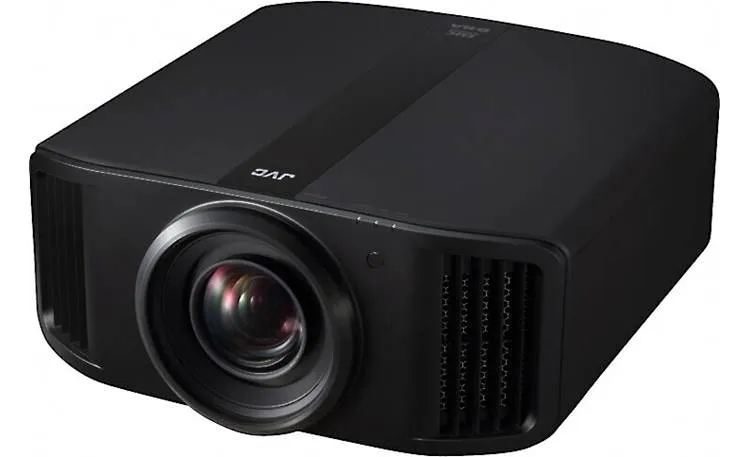
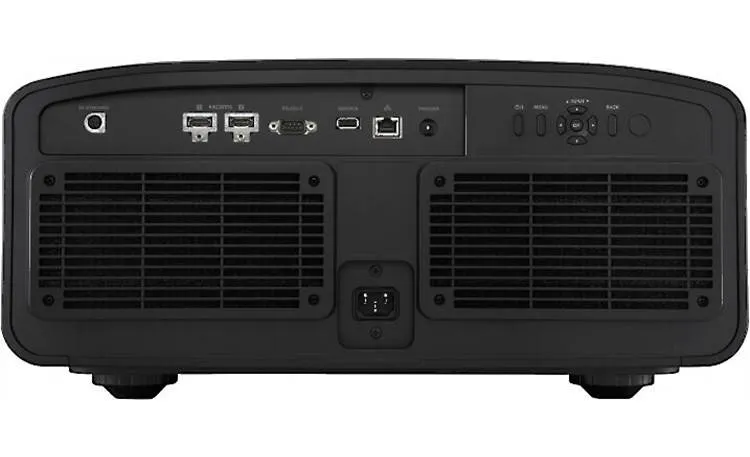
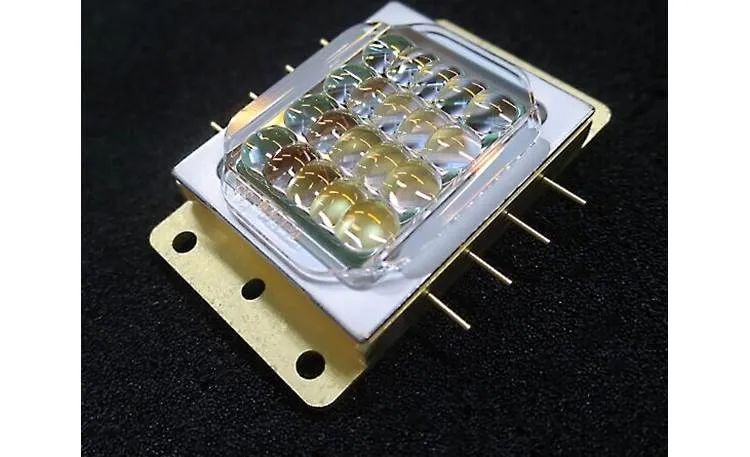
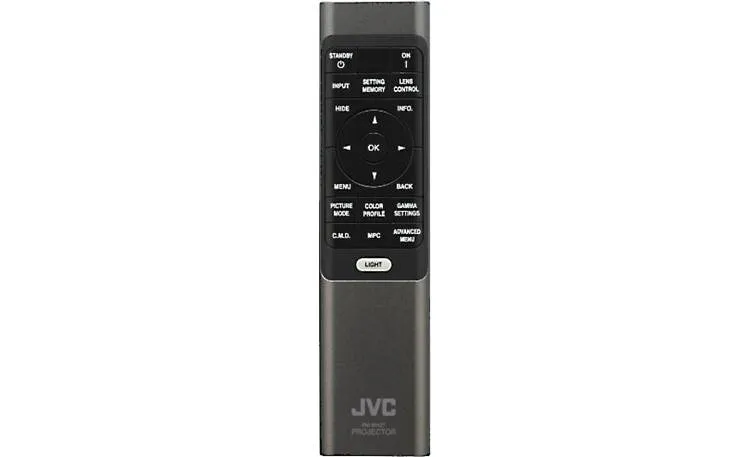
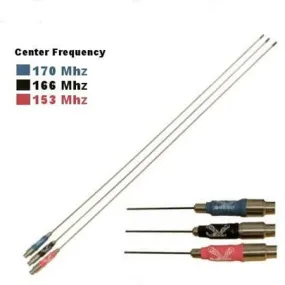
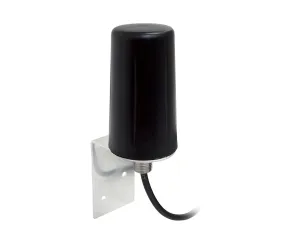
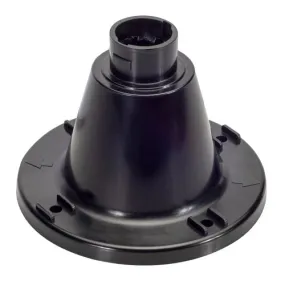
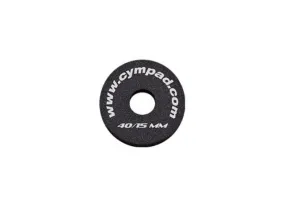
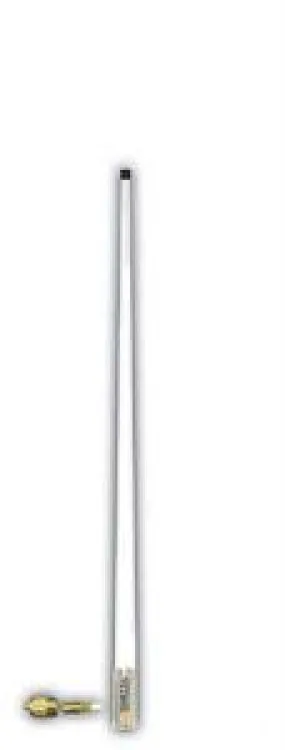
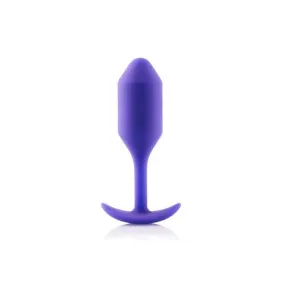
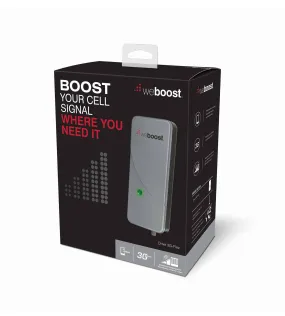
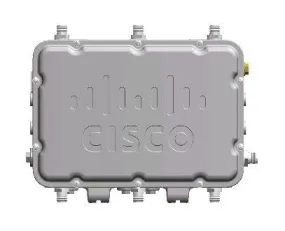
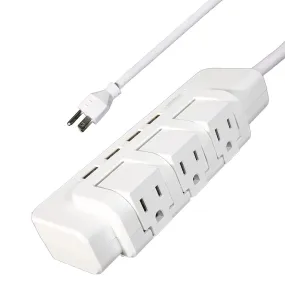
![Aigean MAP7 Marine Wireless Access Point [AN-MAP7] Aigean MAP7 Marine Wireless Access Point [AN-MAP7]](https://www.wholehomewif.shop/image/aigean-map7-marine-wireless-access-point-an-map7_2xR8SR_285x.webp)
